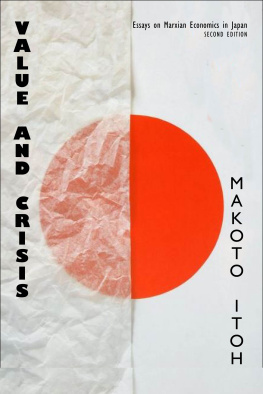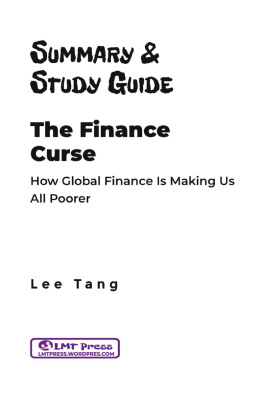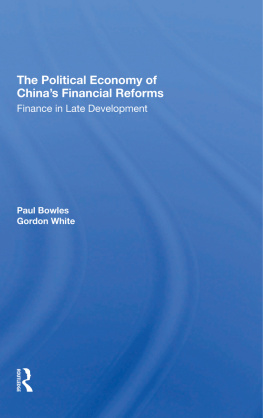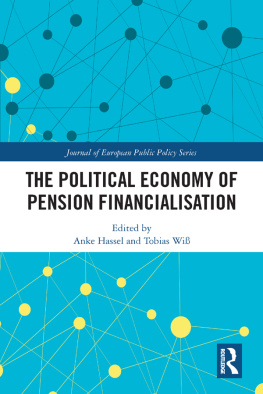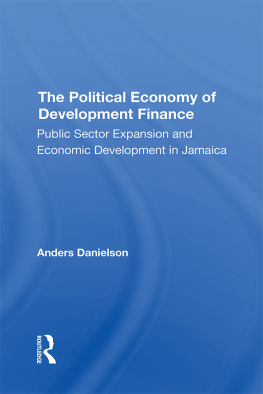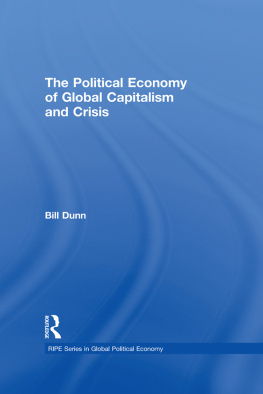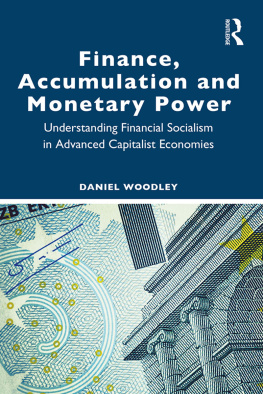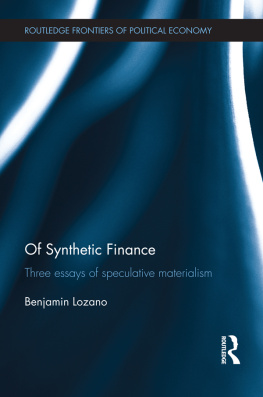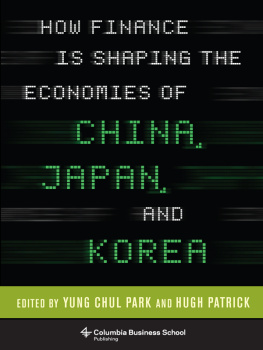!
POLITICAL ECONOMY OF MONEY AND FINANCE
Political Economy of Money and Finance
Makoto Itoh
Professor of Economics Kokugakuin University Tokyo
and
Costas Lapavitsas
Lecturer in Economics
School of Oriental and African Studies
University of London
Contents
Introduction
The economic life of the great majority of people across the capitalist world has been haunted by profound insecurity since the early 1970s. A long period of high economic growth followed the Second World War, but ended with an inflationary crisis that ushered in a long economic depression that has lasted to the present day. In the course of the depression, various policies have been implemented to restore stable and harmonious economic growth: Keynesian effective demand management coupled with state welfare provision, floating exchange rates, monetarist control of the supply of money, neoliberal cuts in the marginal rate of income tax and international cooperation in the management of exchange rates. None of these policies have been successful, a failure that has had painful repercussions on the employment and real income of working people and weaker social groups.
The advanced capitalist economies, meanwhile, have undergone continuous restructuring, resulting in a severe intensification of competition in the world market. To regain some vigour, the capitalist world economy appears to be moving towards the reestablishment of a competitive and spontaneously operating international market order. The new competitive conditions are proving very harsh for the livelihood of workers and the weaker members of society. This historical trend has been both cause and effect of the failure of postwar Keynesian economic interventionism, the crumbling of state welfare provision, and the deterioration of workers legal rights and conditions at work. It is not possible at the moment to tell how and when the restructuring of the capitalist economies will end. One thing, however, is already clear: the euphoria that greeted the collapse of the Soviet bloc and the so-called final victory of capitalism has evaporated. World capitalism is also undergoing a profound historical transformation, often with calamitous implications for the lives of the great majority of people.
It is apparent that a major source of the economic problems of this period has been the instability of money and finance. Moreover the successive economic policies implemented by the major capitalist economies since the beginning of the 1970s seem to have aggravated monetary and financial instability. Why is it so difficult to bring order and harmony to money and finance in contemporary capitalism? The issue is very complex and the major economic schools of thought tackle it in different ways.
Neoclassical economics (in the manner of classical political economy) treats capitalism as a natural and non-historical social order. Monetary and financial instability is typically attributed to erroneous and misguided management of money and finance by the authorities. If the errors and misconceptions of theory and practice were removed, the underlying natural harmony of the capitalist economy would, presumably, reveal itself. Despite the prevalence of this notion, it has not been possible in practice to devise reliable policies allowing natural harmony to materialise. Nevertheless governments have continued to operate a wide range of monetary and financial policies, reflecting the complexity of the social functions of money and finance in advanced capitalism and revealing the underlying need to exercise some regulation over money and finance. The impact of government monetary and financial policies on the capitalist economy is difficult fully to ascertain, and theoretical debate on the issue is likely to continue in the future. At the same time, the expectation that some judicious mix of policies could restore natural harmony to the capitalist monetary and financial order is highly dubious.
This book is critical of the neoclassical naturalist perspective and adopts a political economy approach. It offers a systematic presentation of the Marxist theory of money and finance by focusing on monetary and financial instability. A characteristic strength of Marxist political economy is its emphasis on the historically specific nature of capitalism. By adopting a broad historical perspective, the Marxist analysis of capitalist monetary and financial instability stresses the following three points.
First, the roots of capitalist monetary and financial instability are to be found not only in market operations (and the influence of the authorities on these) but also within the process of capital accumulation itself. Monetary and financial instability is not caused solely by policy mistakes or by possible defects of the mechanisms of money and finance. In order fully to identify the sources of such instability it is imperative to consider, in their totality, the social relations among real capital accumulation and the operations of money and finance, and to demonstrate their contradictory and often irrational character. It is also important to transcend the narrowly technical treatment of money and finance, typical of so much professional work on the subject, and reveal the broader issues and concerns affecting the lives of working people.
Second, in historical terms the character of monetary and financial instability has been complex and variable. Developed precapitalist markets, permeated by credit relations, have inevitably possessed elements of monetary and financial instability. Capitalism has exhibited additional (and characteristic) instability, arising from the necessary connections between money, finance and real accumulation. In the course of capitalisms historical development, the attributes and consequences of monetary and financial instability have changed greatly. For a full understanding of contemporary monetary and financial instability an appreciation of its historical evolution is necessary. Even at the level of the pure theory of money and finance the continually changing historical context ought not to be neglected.
Third, the critical assessment of rival theories, in their appropriate historical context, is also important for the development of the theory of money and finance. Since the early eighteenth century, several issues of money and finance have been repeatedly debated by economists belonging to different schools of thought. These issues have included the historical origin of money, the logical demonstration of moneys emergence, the social and economic functions of money, theoretical determination and practical regulation of the quantity of commodity money and credit money, determination of the exchange value of money (the inverse of the price level), and the role of the discretionary policies of the central bank. All these issues have a bearing on the analysis of contemporary monetary and financial instability. Marxist political economy, because of its analytically founded emphasis on history, is advantageously placed to assess and utilise the insights of the rich theoretical tradition in money and finance.
Money and finance are, in essence, the spontaneously emerging nexus rerum of market economies, and of the capitalist economy in particular. Under capitalist social conditions a pyramid of social relations emerges spontaneously, and comprises, in successive layers, commodities, money, the turnover of capitals in competition, commercial credit, the banks, the money market and the central bank. In an anarchical manner, highly integrated monetary and financial social institutions materialise, which admit of a degree of social and political control depending on the historical context. Economists and politicians have historically aimed at lessening the instability of capitalism by using the integrated social mechanisms of credit and finance. The regulation of money and finance, often in relation to the operations of the central bank, has been proposed even by those who believe in the naturally harmonious nature of capitalism.
Next page

